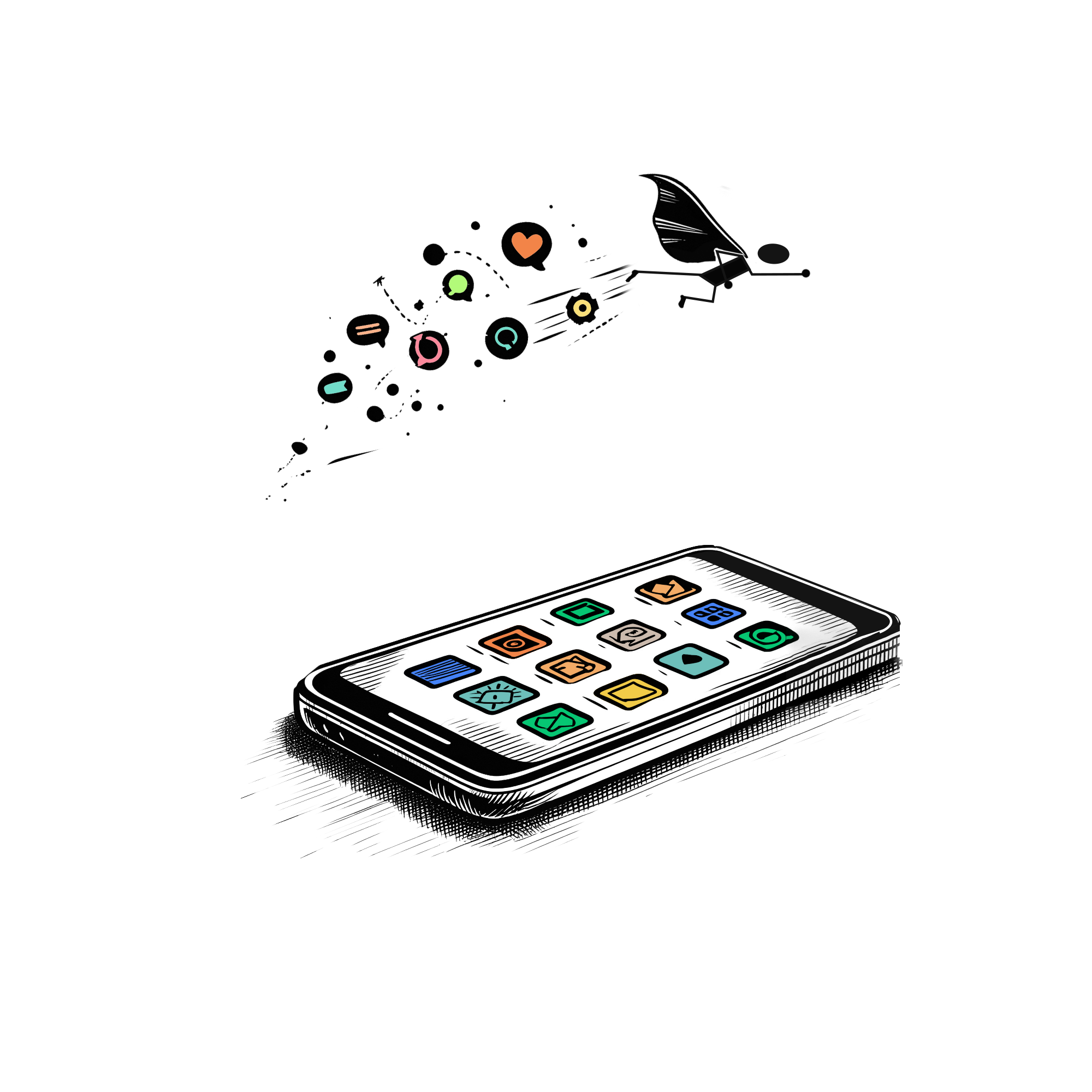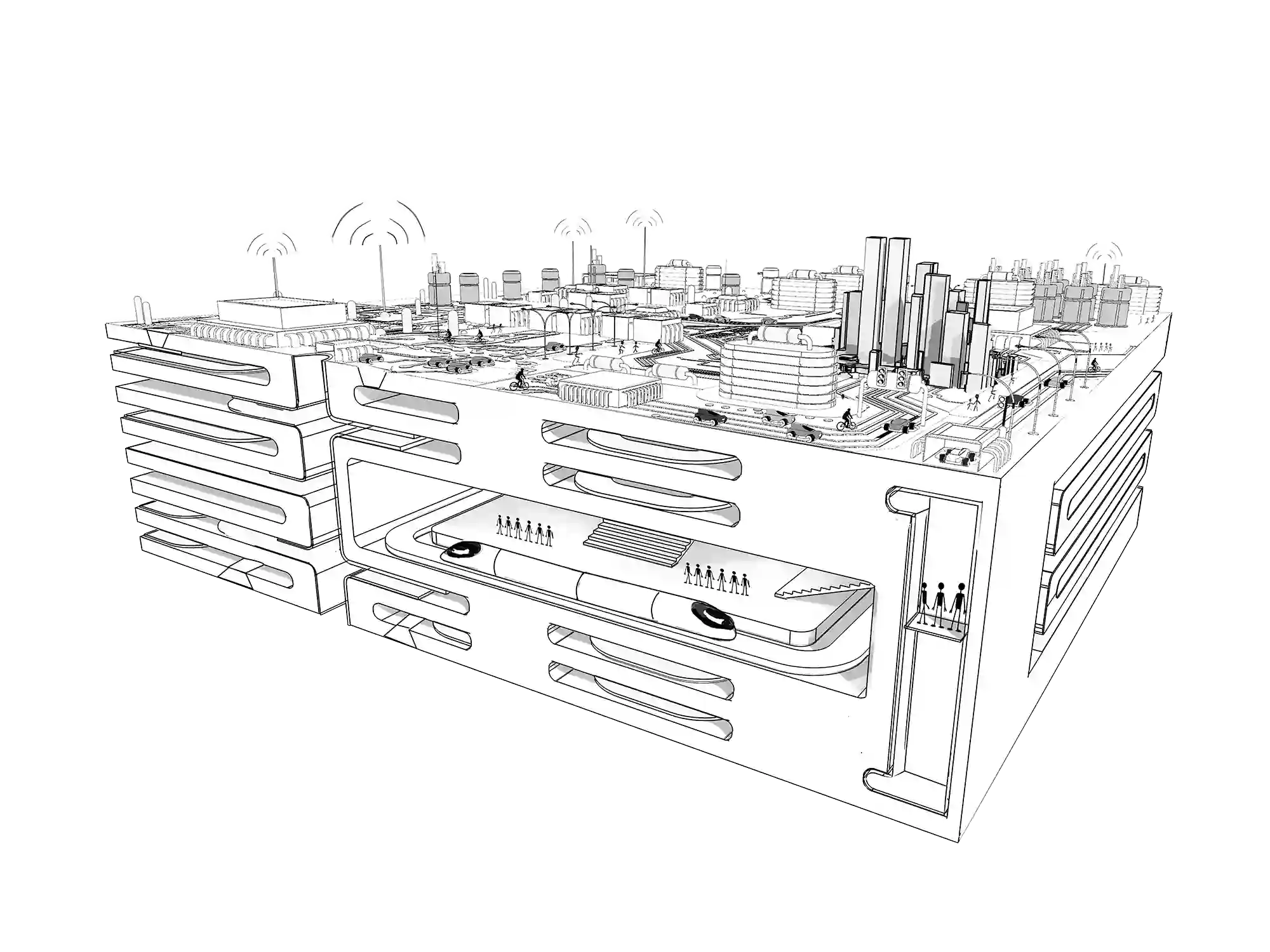Printed circuit boards and IC substrates are everywhere in our daily lives. They are hidden inside the housings of all electronic devices. If you would like to know how they work and why they are important, then we invite you to explore this page. And watch videos of our Reinraum-Ralph explaining electronics very simply. You can start with a funny rap about printed circuit boards.
Why does a smartphone have superpowers?
Just one swipe or touch on the display – and you can play games, watch video clips or send chat messages with a smartphone. To make that work, a tiny little Wonder City is hidden inside every smartphone, where tiny little Superwuppies run around and operate tiny little devices in tiny little buildings.
Techies call this city “printed circuit board”. They say “signals” when they talk about the Superwuppies and buildings are called “components”. Seriously? – Yes, take a look for yourself and see all the exciting things that are happening inside a mobile phone. And not just there: we use electronic devices all day. And just like in a smartphone, there’s a lot going on inside every single one of them.


Nothing runs without electricity
The heart of electronic devices, for example smartphones, is a printed circuit board, or PCB for short. As the name suggests, that is a board with circuits. Almost like a racing circuit, but not for cars ☺ – these circuits make sure that electricity can drive around. Because nothing works without electricity. When you touch an app symbol on your phone, you send a signal with your finger. Or in other words: the Superwuppies start whizzing through the Wonder City, they race to all the buildings and let everyone know which job needs to be done. So when the right program opens at the touch of your finger, the Superwuppies have done a good job.

What does the Wonder City look like up close?
If we could be as tiny as our Superwuppies, we would race through the city on
many levels, just like they do: on the top level, there are houses, kyscrapers,
hotels, schools, kindergartens, lawns and streets. Below all that, there are
underground levels with a subway network, stations and shops. All levels are
connected by escalators and elevators.
Take a look at what our Reinraum-Ralph has to say about the PCB.



Superwuppies
Wonder City needs its Superwuppies, namely electrical signals. They are available around the clock, they are fast as lightning, they need no sleep, no cornflakes and no chocolate – but they feed on electricity. That’s why electronic devices with printed circuit boards have batteries or a power socket.
Buildings
The small and big buildings in our PCB Wonder City are electronic components. They have weird names like “capacitor” or “transistor”. And they all have different jobs to do: for example, they can receive messages, process them, save them and transmit them again when you want to see the messages. Components are added to the printed circuit board at the very end, when everything else is finished.

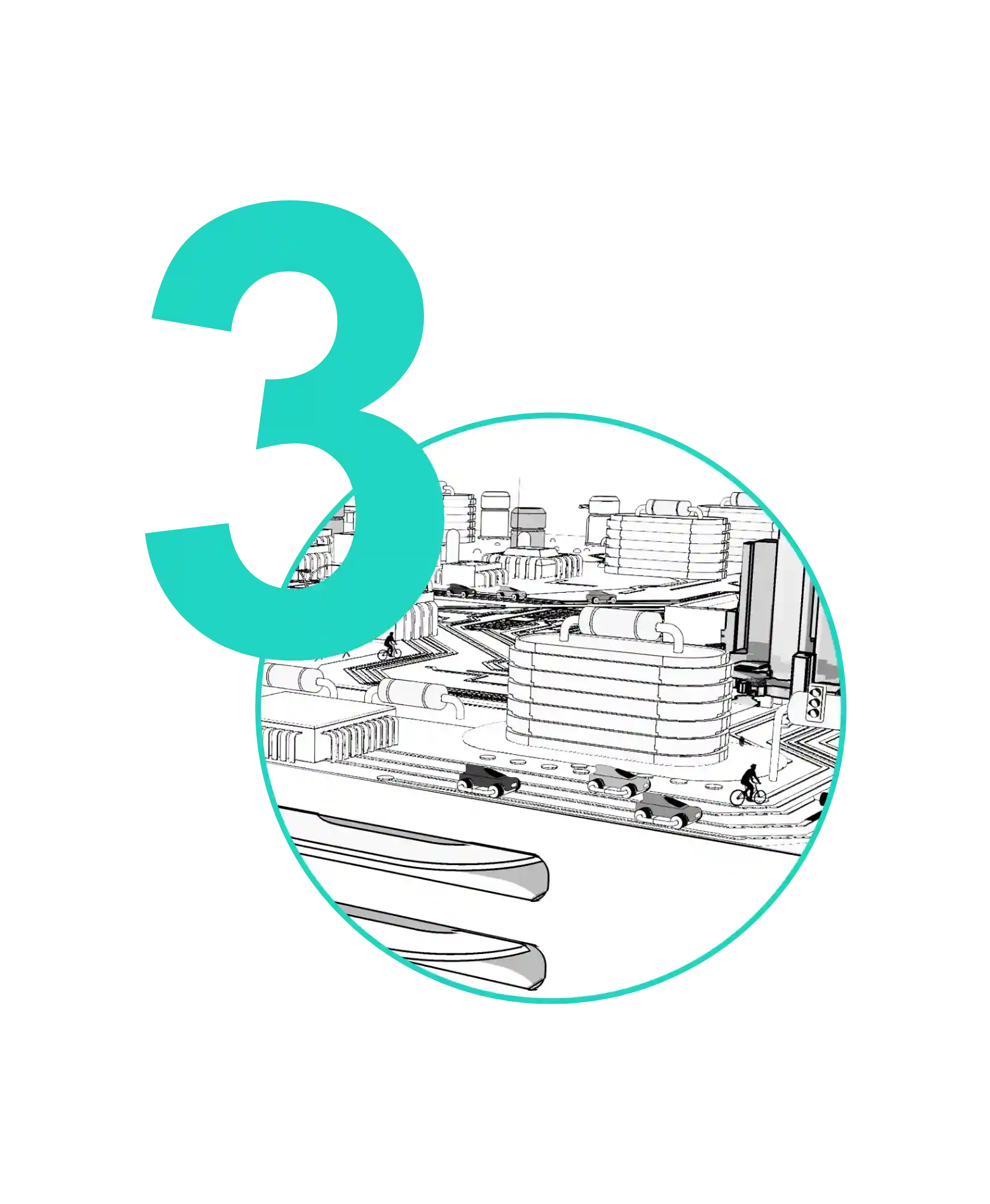
Streets
Techies call the streets in the PCB Wonder City “conducting paths”. These streets are made of a material that is good at conducting electricity, for example copper. This way, electrical signals – our Superwuppies – can race from one component to another as fast as lightning.
Escalators & elevators
Streets alone are not enough. The Superwuppies also have escalators and elevators to make sure that they can get to the lower levels of the PCB Wonder City just as quickly. In reality, these are small holes drilled in the printed circuit board, which are filled with copper and send the electrical signals – our Superwuppies – on their way.
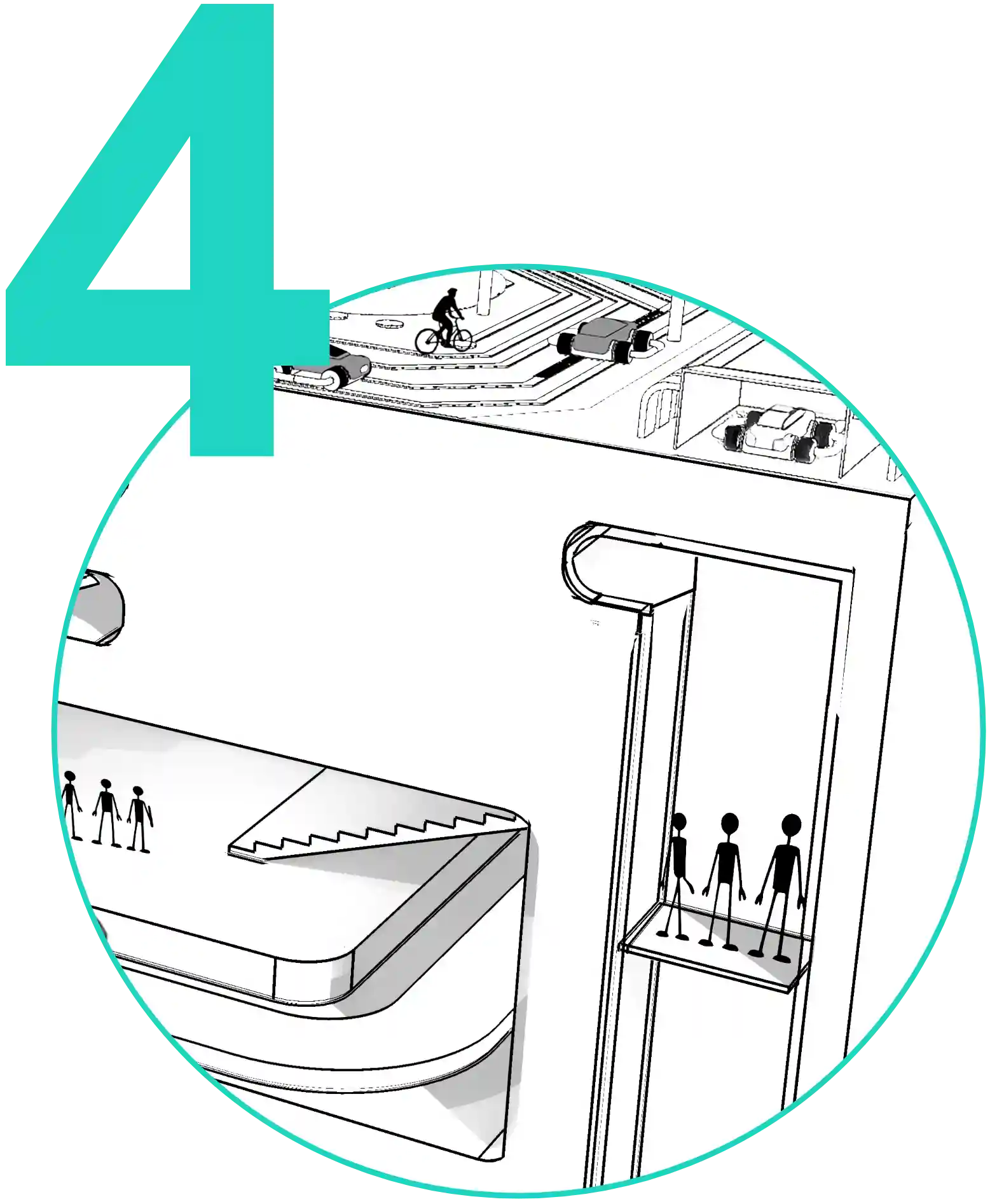

Lawns
Where there are no streets, buildings or anything else, there are lawns. These lawns are actually green “solder mask” and very important – because they protect the surface of the PCB Wonder City from scratches and dirt.
Subway network
Electronic devices like smartphones are getting smaller and smaller. But at the same time they can do more and more things. That means it’s getting pretty packed in the city because there is less and less space, but more and more components. Our Superwuppies are still superfast because at the lower levels of the PCB Wonder City there is a powerful subway network of conducting paths.


Subway stations
In real cities, you will also find shops, restaurants and toilets in subway stations, deep underground. Very convenient! If we want to save space in the PCB Wonder City, some components are moved underground. This technology is called ”embedding”.
Skyscrapers
In big cities, there are often some skyscrapers that stand out from all the other buildings because more people work or live there than anywhere else. We also find that in the Wonder City of our Superwuppies: their skyscrapers are called “microchips”. These are components where a lot of signals do a lot of jobs in one place.
Hotels, schools, factories…
Some facilities in a real city – for example hotels, schools or factories – consist of several buildings or parts of buildings. You will also find that in the PCB Wonder City: several components that belong together and work on jobs together.
Reception area
Skyscrapers, hotels, schools or factories have something in common. They usually have a reception area with people who have all the important information and show everyone around. On a PCB, this reception area is called “IC substrate“. This is where Superwuppies arrive and are told where they need to go.
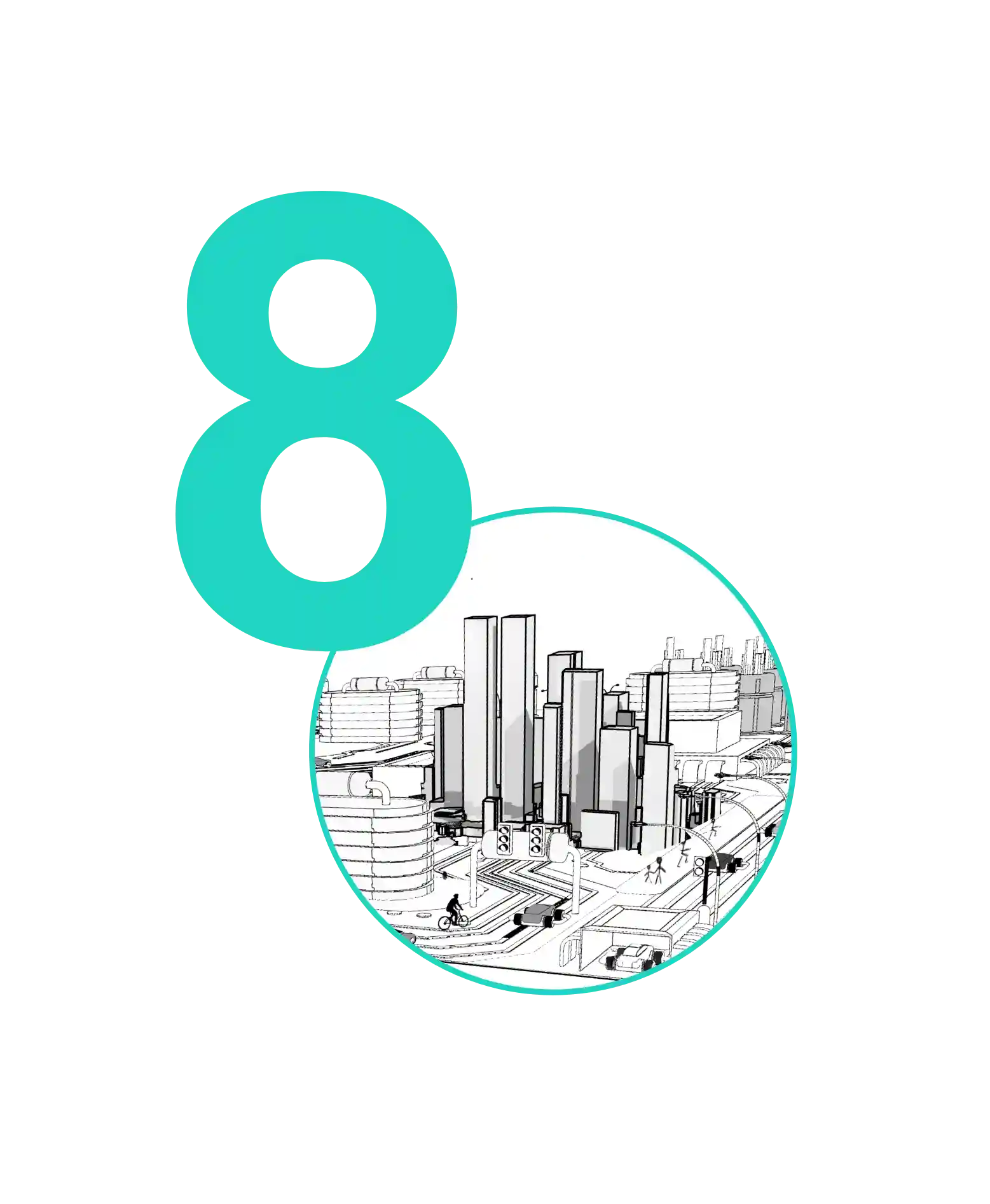
Want to know how IC substrates work? Watch the video with Reinraum-Ralph.


Printed circuit boards
all day long
We use electronic devices all day long, and in many of them an AT&S printed circuit board could be hidden. Our Reinraum-Ralph also has lots of toys with circuit boards hidden inside.



In the digital alarm
clock by your bed.
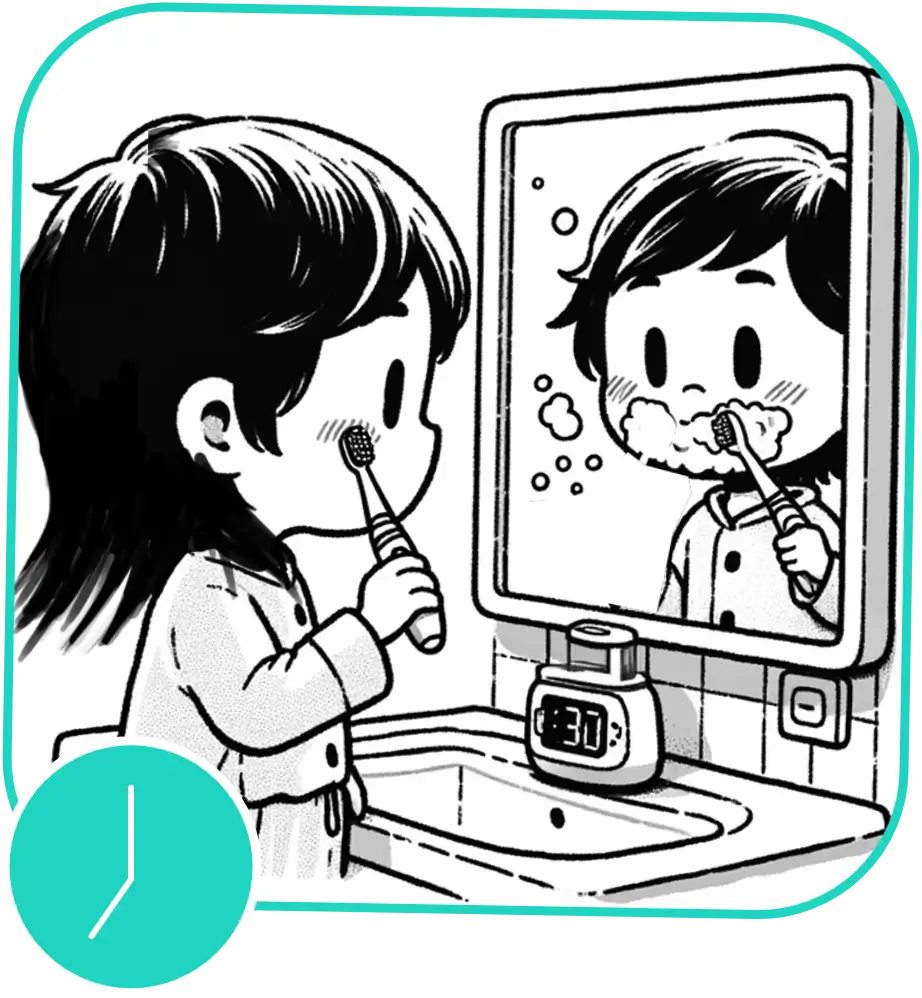
In electric
toothbrushes.
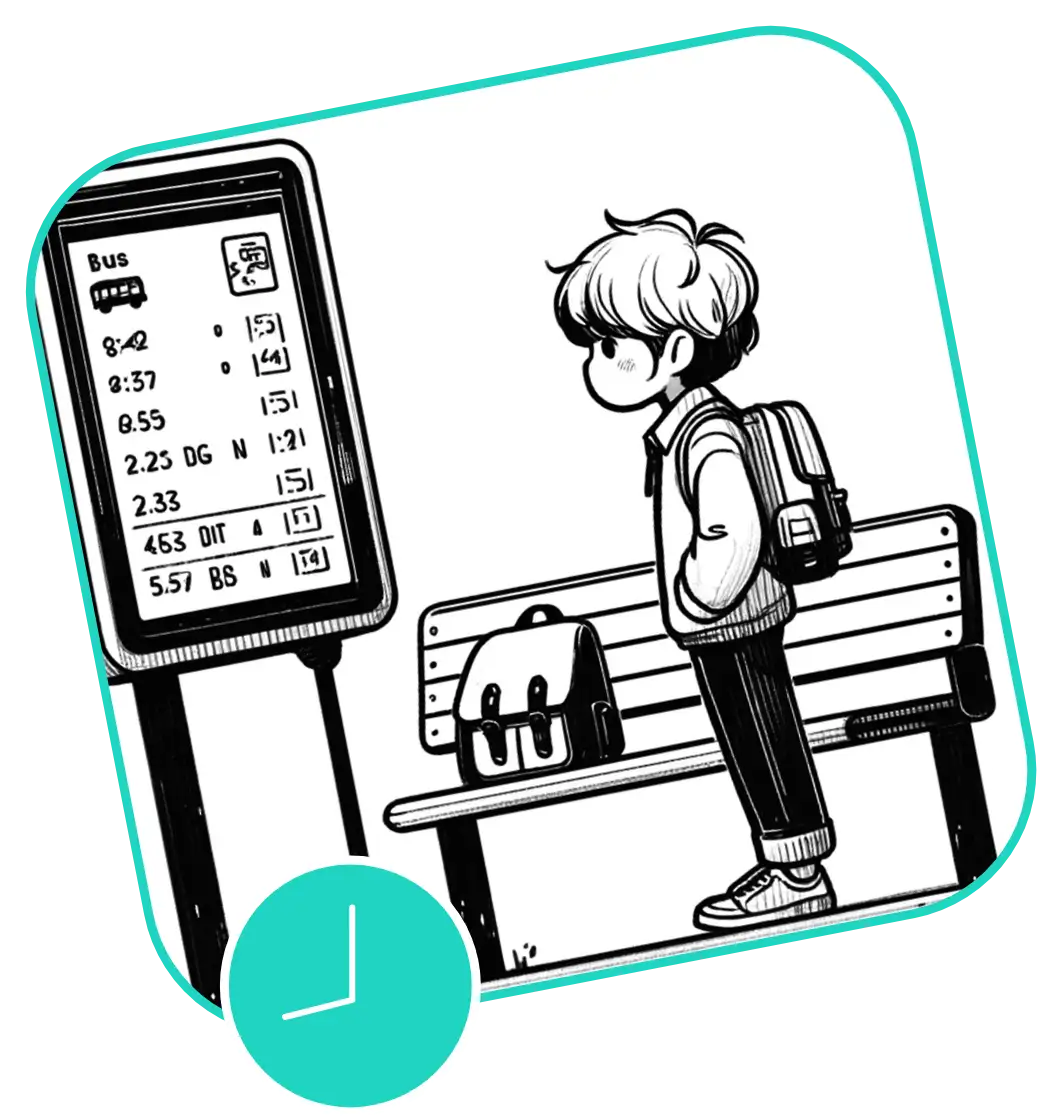
In info screens on
the way to school.

In the computer or
laptop at school.
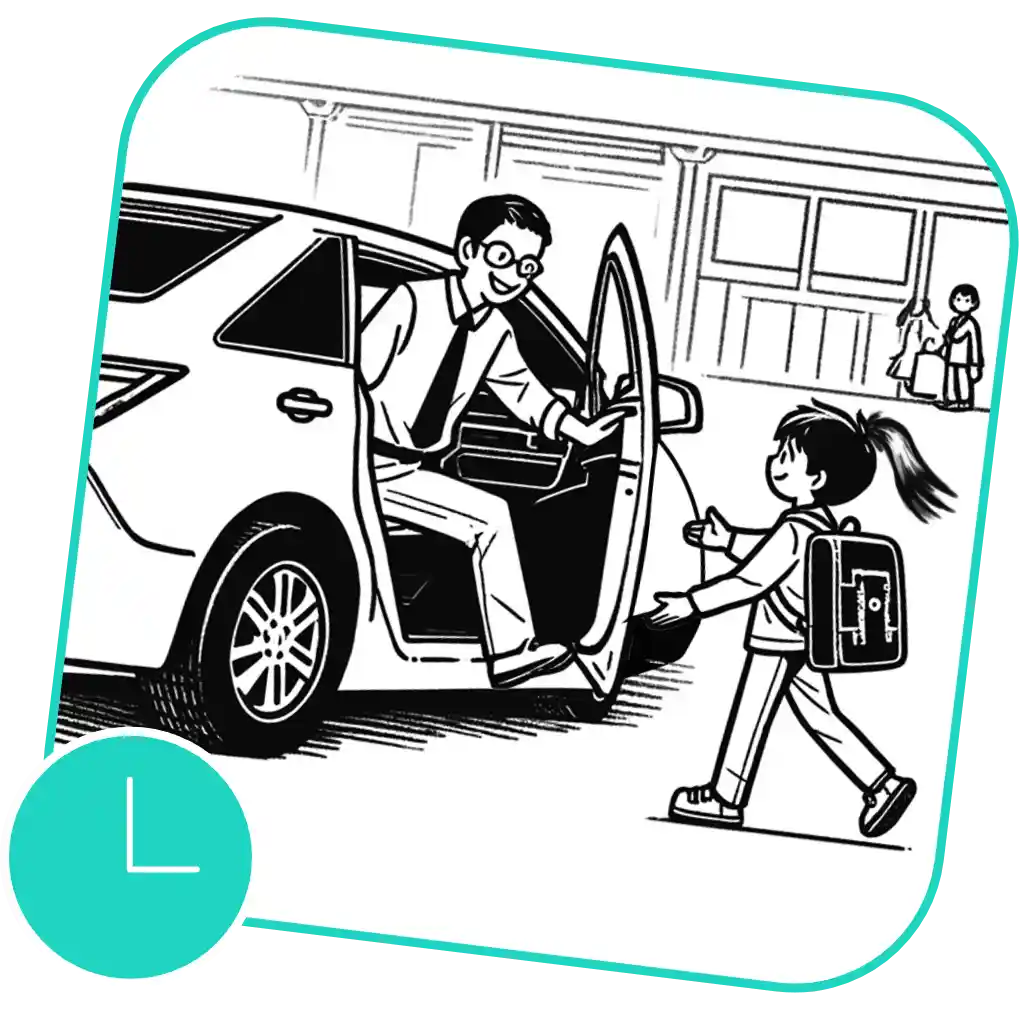
Almost everywhere
in cars, from the door
lock to the beeping
parking aid.
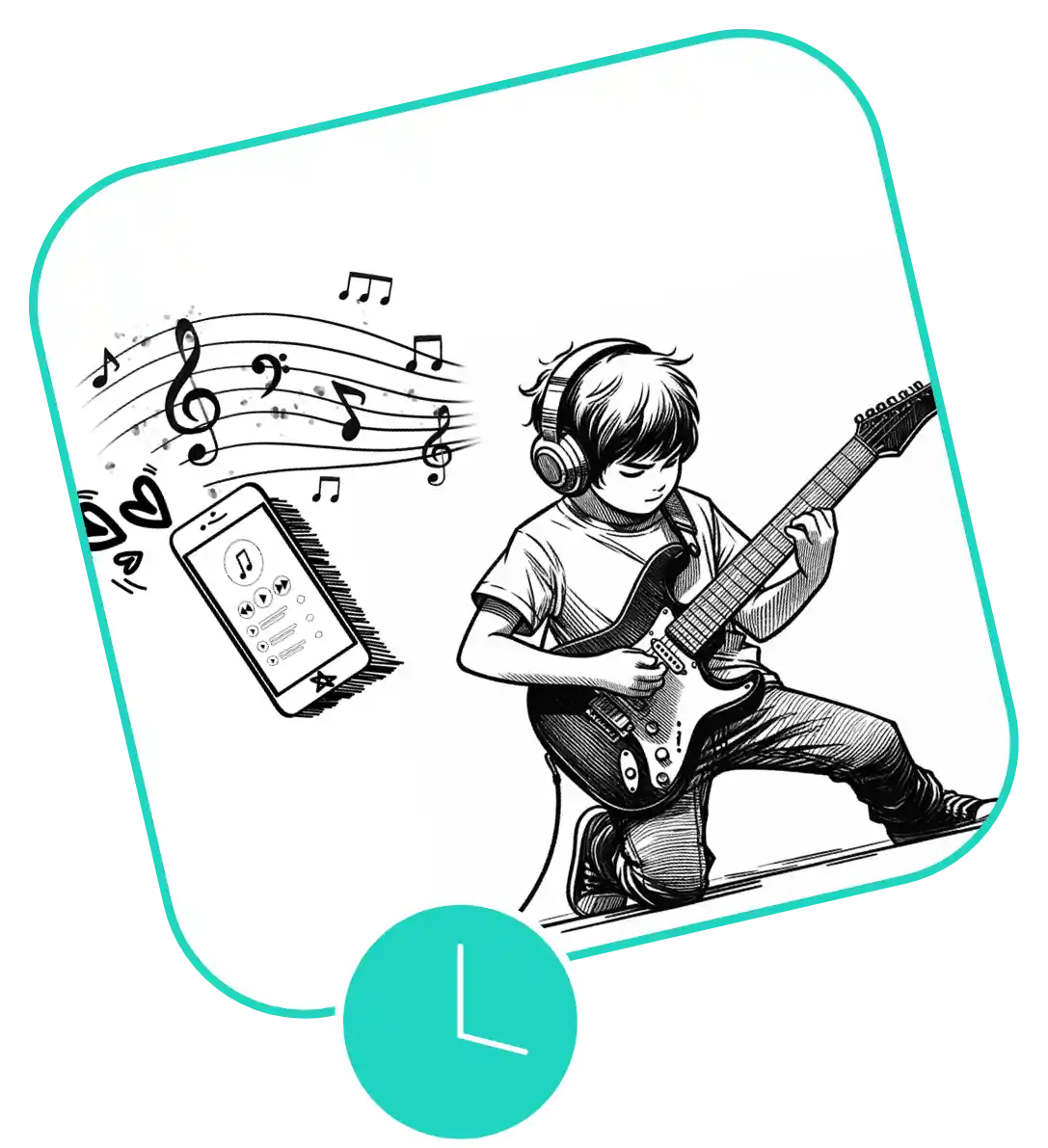
In digital speakers and
headphones.

In the LED lamp on
the bedside table.
Where do printed circuit boards
and IC substrates come from?
AT&S is a leading producer of printed circuit boards and IC substrates in Europe and across the world. The company is part of the electronics and microelectronics industry. “Micro” means tiny and “electronics” means powered by electricity. This is a good description of the products that AT&S makes. More than 13,500 people currently work for AT&S worldwide. AT&S products are made at locations in Austria, India, China and Malaysia. On top of that, AT&S also has sales companies in Europe, Asia and North America. They look after selling the products that AT&S makes.
Want to know what a cleanroom is? Then watch the video with Reinraum-Ralph.


Microchips, IC substrates and PCBs are the main basic ingredients of modern smartphones, but also for powerful computers. All other parts, for example monitors, fingerprint sensors or cameras, are connected to the microchip through the PCB and the IC substrate. When all these parts work together properly and are packaged in a stable housing, you’ve got a well-working smartphone in your hand. Or a cool Wonder City with Superwuppies, who follow your orders around the clock and only want a little electricity in return …
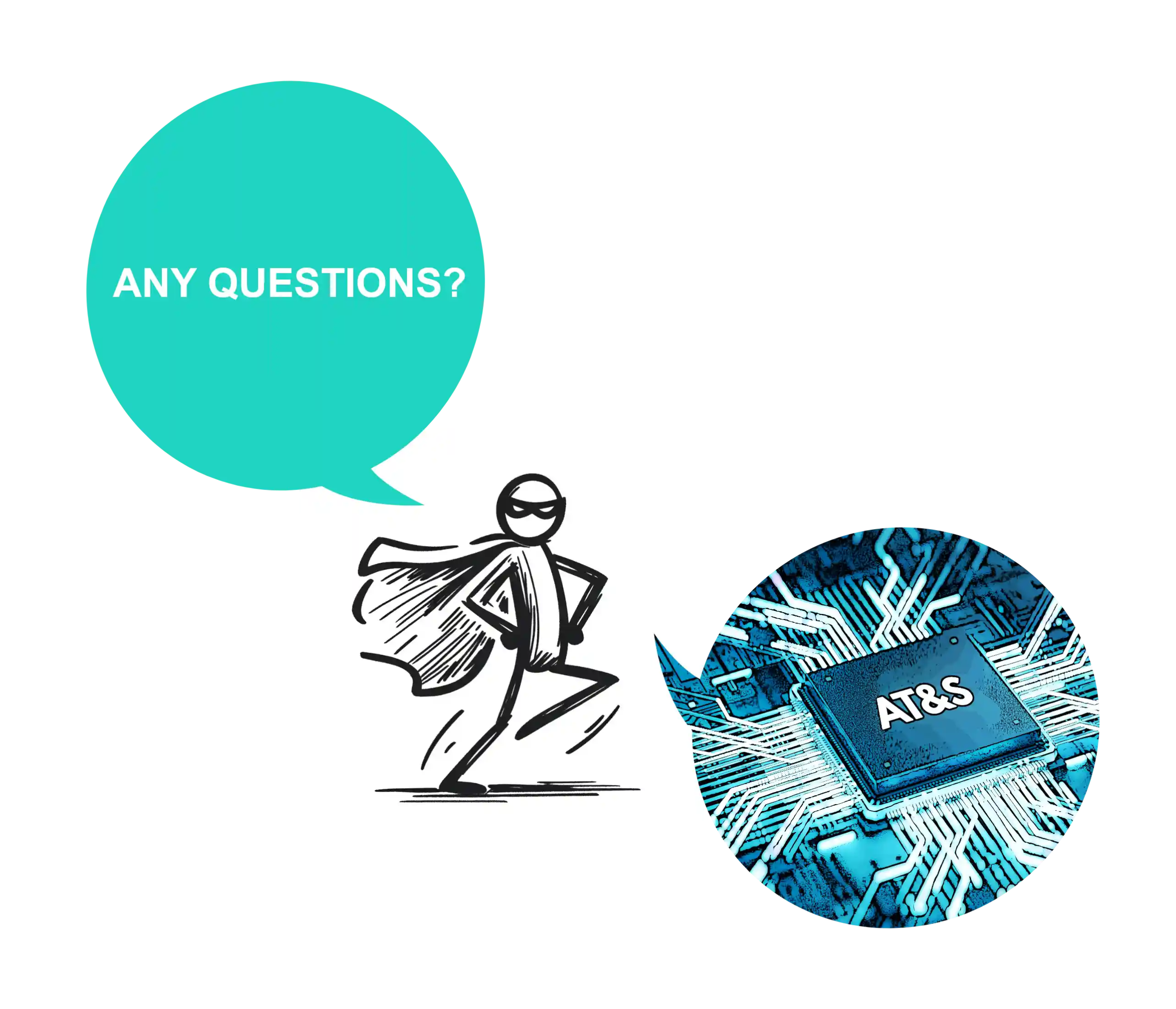
AT&S World of Experience in Leoben
Would you like to experience microelectronics up close? Then visit us at our headquarters in Leoben. The interactive world of experience offers an overview of AT&S technologies and products. After a 3D simulation flight through the printed circuit board, line tours lead towards production. For everyone aged 10 and over. Secure your place for the next tour! (Currently in German only).


